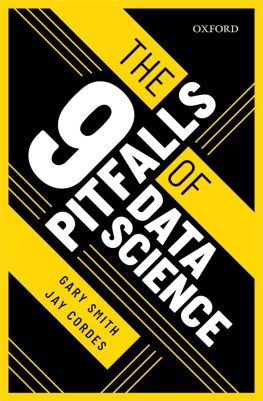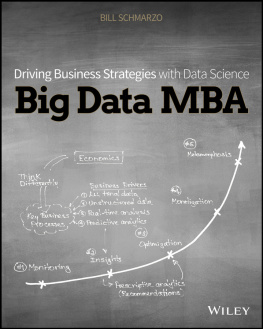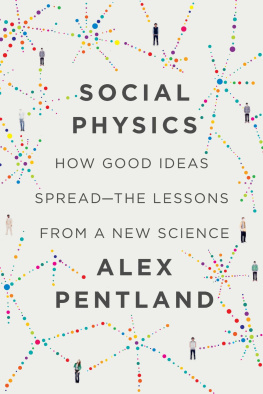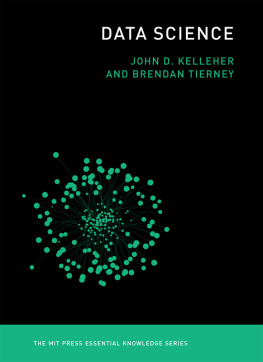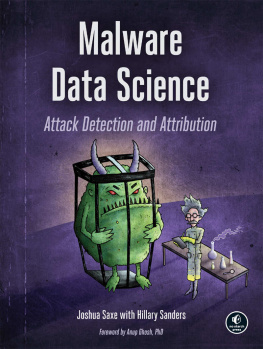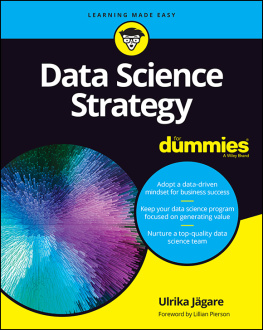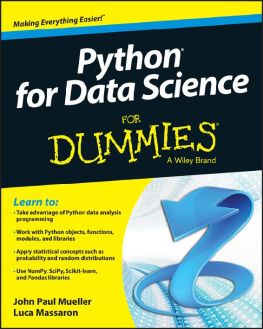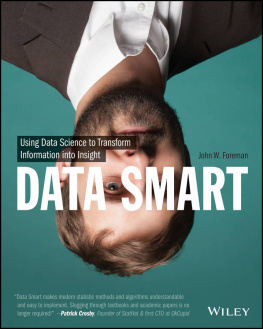Copyright 2013 by Viktor Mayer-Schnberger and Kenneth Cukier
All rights reserved
For information about permission to reproduce selections from this book, write to Permissions, Houghton Mifflin Harcourt Publishing Company, 215 Park Avenue South, New York, New York 10003.
www.hmhbooks.com
Library of Congress Cataloging-in-Publication Data is available.
ISBN 978-0-544-00269-2
e ISBN 978-0-544-00293-7
v1.0313
To B and v
V.M.S .
To my parents
K.N.C .
NOW
I N 2009 A NEW FLU virus was discovered. Combining elements of the viruses that cause bird flu and swine flu, this new strain, dubbed H1N1, spread quickly. Within weeks, public health agencies around the world feared a terrible pandemic was under way. Some commentators warned of an outbreak on the scale of the 1918 Spanish flu that had infected half a billion people and killed tens of millions. Worse, no vaccine against the new virus was readily available. The only hope public health authorities had was to slow its spread. But to do that, they needed to know where it already was.
In the United States, the Centers for Disease Control and Prevention (CDC) requested that doctors inform them of new flu cases. Yet the picture of the pandemic that emerged was always a week or two out of date. People might feel sick for days but wait before consulting a doctor. Relaying the information back to the central organizations took time, and the CDC only tabulated the numbers once a week. With a rapidly spreading disease, a two-week lag is an eternity. This delay completely blinded public health agencies at the most crucial moments.
As it happened, a few weeks before the H1N1 virus made headlines, engineers at the Internet giant Google published a remarkable paper in the scientific journal Nature. It created a splash among health officials and computer scientists but was otherwise overlooked. The authors explained how Google could predict the spread of the winter flu in the United States, not just nationally, but down to specific regions and even states. The company could achieve this by looking at what people were searching for on the Internet. Since Google receives more than three billion search queries every day and saves them all, it had plenty of data to work with.
Google took the 50 million most common search terms that Americans type and compared the list with CDC data on the spread of seasonal flu between 2003 and 2008. The idea was to identify areas infected by the flu virus by what people searched for on the Internet. Others had tried to do this with Internet search terms, but no one else had as much data, processing power, and statistical know-how as Google.
While the Googlers guessed that the searches might be aimed at getting flu informationtyping phrases like medicine for cough and feverthat wasnt the point: they didnt know, and they designed a system that didnt care. All their system did was look for correlations between the frequency of certain search queries and the spread of the flu over time and space. In total, they processed a staggering 450 million different mathematical models in order to test the search terms, comparing their predictions against actual flu cases from the CDC in 2007 and 2008. And they struck gold: their software found a combination of 45 search terms that, when used together in a mathematical model, had a strong correlation between their prediction and the official figures nationwide. Like the CDC, they could tell where the flu had spread, but unlike the CDC they could tell it in near real time, not a week or two after the fact.
Thus when the H1N1 crisis struck in 2009, Googles system proved to be a more useful and timely indicator than government statistics with their natural reporting lags. Public health officials were armed with valuable information.
Strikingly, Googles method does not involve distributing mouth swabs or contacting physicians offices. Instead, it is built on big datathe ability of society to harness information in novel ways to produce useful insights or goods and services of significant value. With it, by the time the next pandemic comes around, the world will have a better tool at its disposal to predict and thus prevent its spread.
Public health is only one area where big data is making a big difference. Entire business sectors are being reshaped by big data as well. Buying airplane tickets is a good example.
In 2003 Oren Etzioni needed to fly from Seattle to Los Angeles for his younger brothers wedding. Months before the big day, he went online and bought a plane ticket, believing that the earlier you book, the less you pay. On the flight, curiosity got the better of him and he asked the fellow in the next seat how much his ticket had cost and when he had bought it. The man turned out to have paid considerably less than Etzioni, even though he had purchased the ticket much more recently. Infuriated, Etzioni asked another passenger and then another. Most had paid less.
For most of us, the sense of economic betrayal would have dissipated by the time we closed our tray tables and put our seats in the full, upright, and locked position. But Etzioni is one of Americas foremost computer scientists. He sees the world as a series of big-data problemsones that he can solve. And he has been mastering them since he graduated from Harvard in 1986 as its first undergrad to major in computer science.
From his perch at the University of Washington, he started a slew of big-data companies before the term big data became known. He helped build one of the Webs first search engines, MetaCrawler, which was launched in 1994 and snapped up by InfoSpace, then a major online property. He co-founded Netbot, the first major comparison-shopping website, which he sold to Excite. His startup for extracting meaning from text documents, called ClearForest, was later acquired by Reuters.
Back on terra firma, Etzioni was determined to figure out a way for people to know if a ticket price they see online is a good deal or not. An airplane seat is a commodity: each one is basically indistinguishable from others on the same flight. Yet the prices vary wildly, based on a myriad of factors that are mostly known only by the airlines themselves.
Etzioni concluded that he didnt need to decrypt the rhyme or reason for the price differences. Instead, he simply had to predict whether the price being shown was likely to increase or decrease in the future. That is possible, if not easy, to do. All it requires is analyzing all the ticket sales for a given route and examining the prices paid relative to the number of days before the departure.
If the average price of a ticket tended to decrease, it would make sense to wait and buy the ticket later. If the average price usually increased, the system would recommend buying the ticket right away at the price shown. In other words, what was needed was a souped-up version of the informal survey Etzioni conducted at 30,000 feet. To be sure, it was yet another massive computer science problem. But again, it was one he could solve. So he set to work.
Using a sample of 12,000 price observations that was obtained by scraping information from a travel website over a 41-day period, Etzioni created a predictive model that handed its simulated passengers a tidy savings. The model had no understanding of why, only what. That is, it didnt know any of the variables that go into airline pricing decisions, such as number of seats that remained unsold, seasonality, or whether some sort of magical Saturday-night-stay might reduce the fare. It based its prediction on what it did know: probabilities gleaned from the data about other flights. To buy or not to buy, that is the question, Etzioni mused. Fittingly, he named the research project Hamlet.
The little project evolved into a venture capitalbacked startup called Farecast. By predicting whether the price of an airline ticket was likely to go up or down, and by how much, Farecast empowered consumers to choose when to click the buy button. It armed them with information to which they had never had access before. Upholding the virtue of transparency against itself, Farecast even scored the degree of confidence it had in its own predictions and presented that information to users too.
Next page

